Optimal Timing for Fire Restorations
Fire restorations are most effective when performed promptly after a fire incident. Immediate action helps to mitigate further damage, reduce restoration costs, and prevent mold growth caused by water used to extinguish fires. The optimal timing varies based on weather conditions, fire severity, and property accessibility.
Prompt fire restoration minimizes damage, prevents mold, and reduces long-term costs. Acting quickly is crucial for effective recovery.
Restorations are typically more efficient during dry seasons with mild weather, which allows easier access and reduces complications from rain or humidity.
Extreme weather conditions, such as heavy rain or high humidity, can delay restoration efforts and impact the effectiveness of cleanup and repairs.
Larger fires may require longer planning and resource allocation, but early intervention remains essential regardless of fire size.

Initial evaluation helps determine the extent of damage and appropriate restoration methods.

Water used in firefighting can cause additional damage, making timely restoration vital.

Early removal of smoke and soot prevents permanent staining and odor absorption.

Ways to make Fire Restorations work in tight or awkward layouts.

Popular materials for Fire Restorations and why they hold up over time.

Simple add-ons that improve Fire Restorations without blowing the budget.
| Factor | Impact on Fire Restorations |
|---|---|
| Weather Conditions | Affects access and drying times |
| Fire Severity | Determines scope and urgency of restoration |
| Property Accessibility | Impacts the speed of response |
| Season | Influences environmental conditions for restoration |
| Water Damage Level | Affects mold risk and repair needs |
| Structural Stability | Determines safety and repair approach |
| Availability of Resources | Affects scheduling and completion |
| Emergency Response Timing | Critical for minimizing damage |
Fire restorations involve multiple steps including damage assessment, debris removal, soot and smoke cleanup, water extraction, structural repairs, and odor removal. The process requires specialized equipment and expertise to ensure thorough recovery. Statistics indicate that early intervention can reduce restoration costs by up to 30% and significantly improve property outcomes.
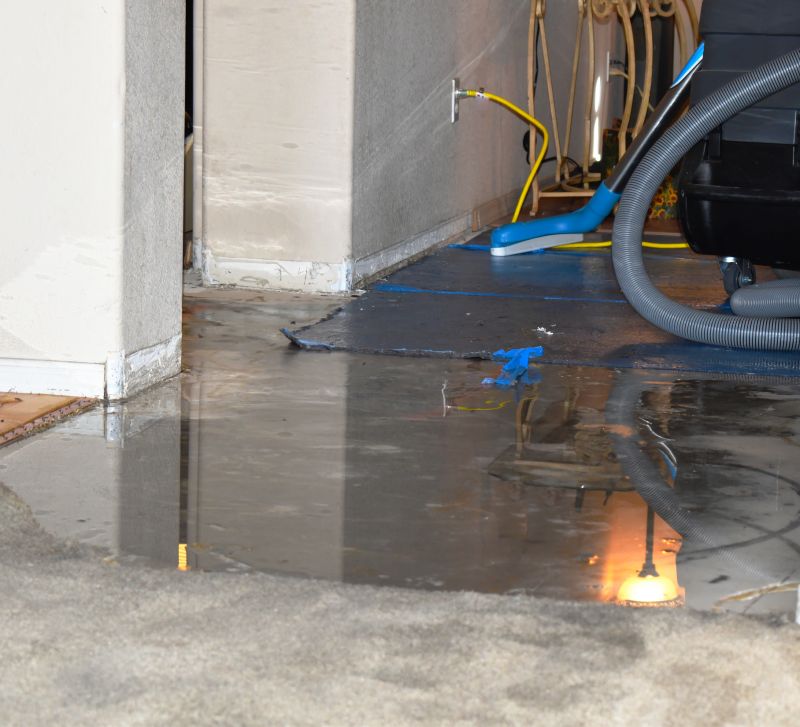
Advanced tools facilitate efficient cleanup and repair.
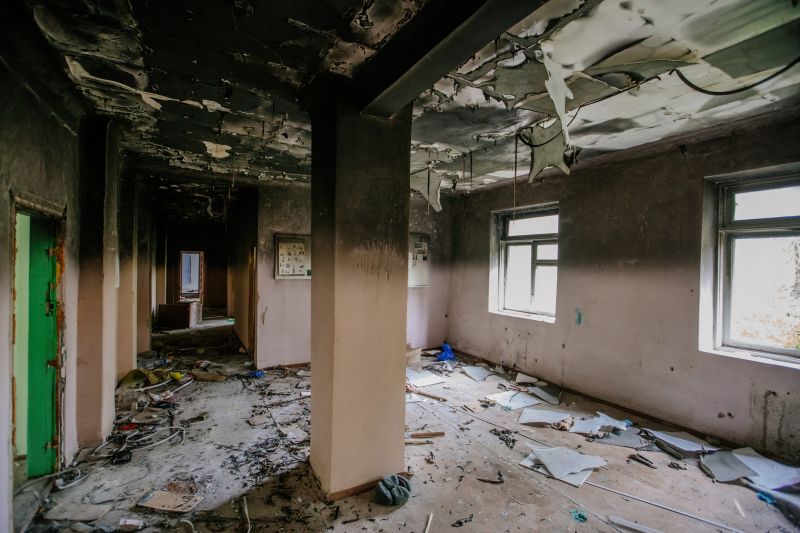
Techniques like ozone treatment eliminate persistent odors.
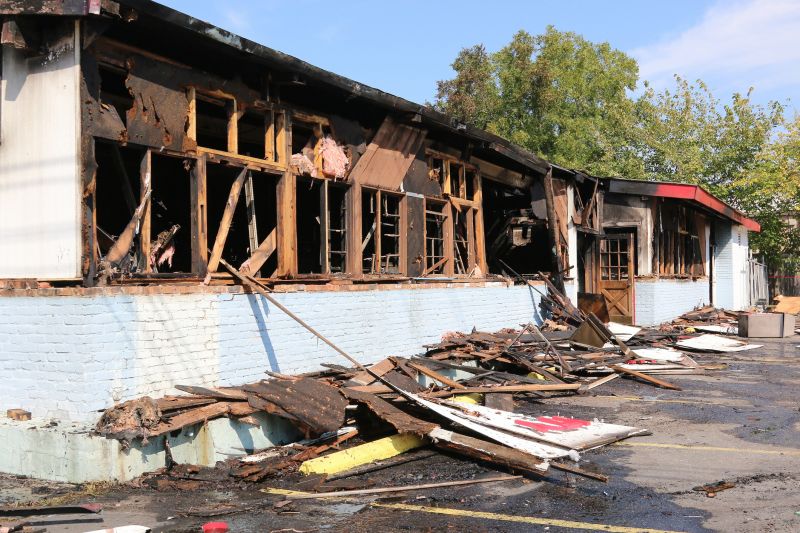
Restoring the integrity of the building is essential after fire damage.
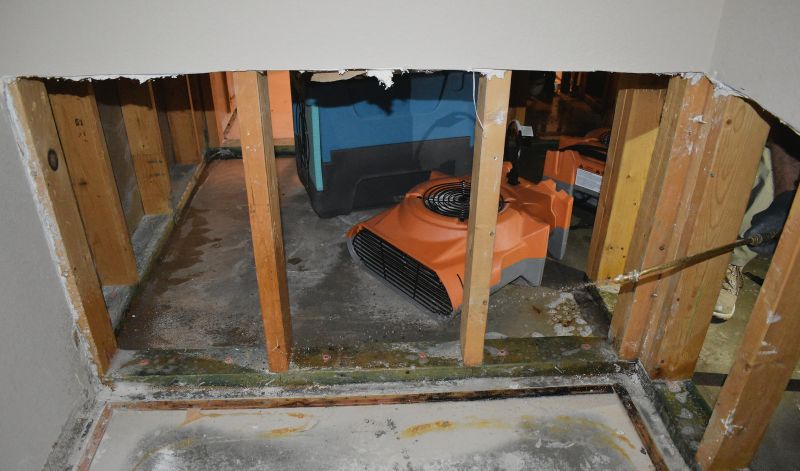
Rapid water removal prevents mold and further damage.

High-end options that actually feel worth it for Fire Restorations.
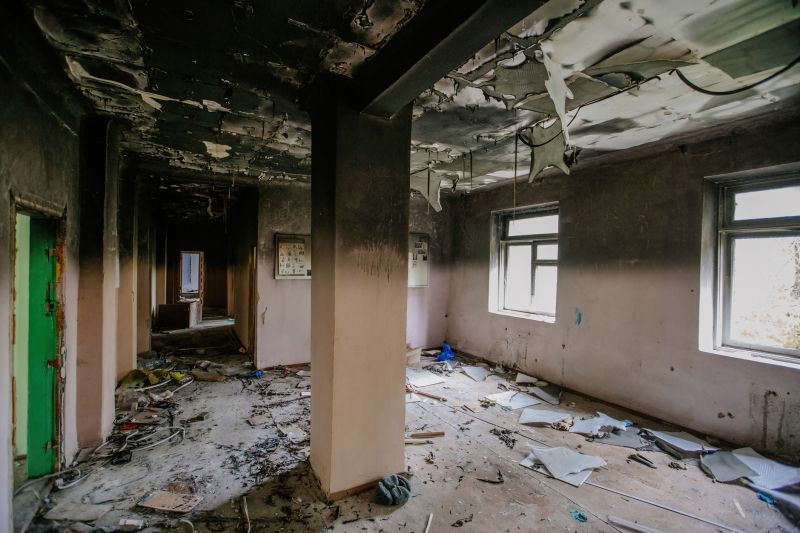
Finishes and colors that play nicely with Fire Restorations.
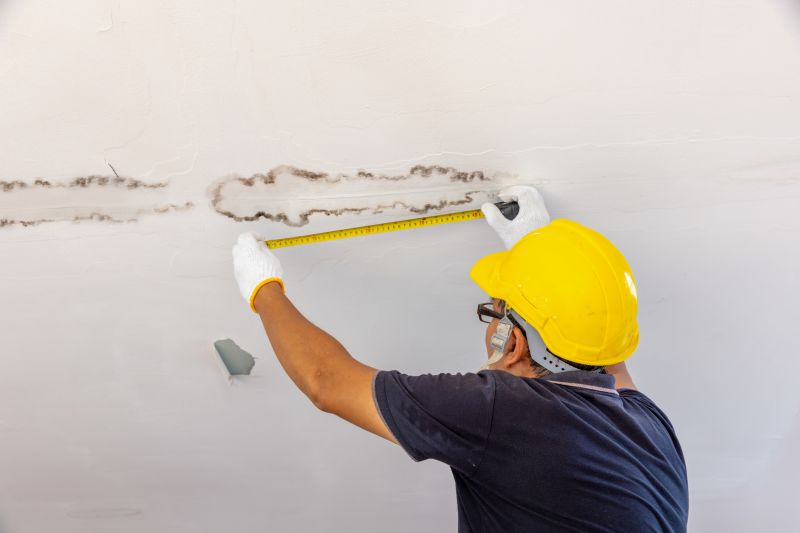
Little measurements that prevent headaches on Fire Restorations day.

A 60-second routine that keeps Fire Restorations looking new.
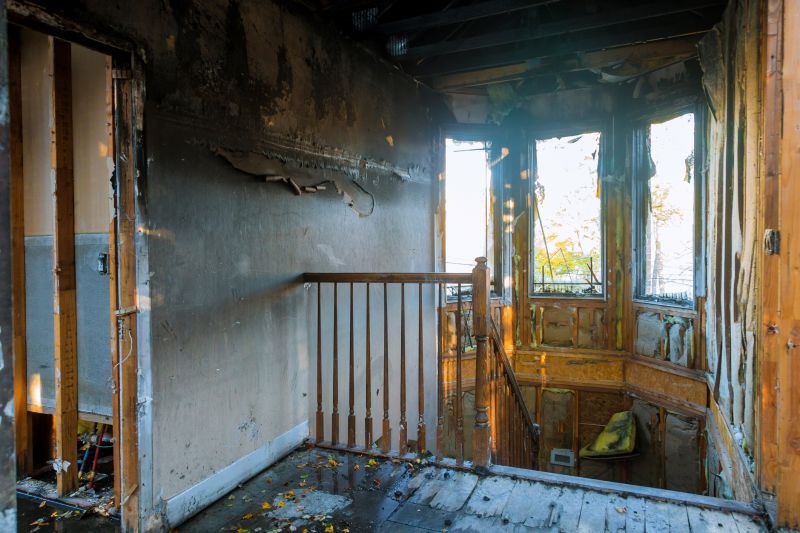
A frequent mistake in Fire Restorations and how to dodge it.

Small tweaks to make Fire Restorations safer and easier to use.

Lower-waste or water-saving choices for Fire Restorations.

The short, realistic tool list for quality Fire Restorations.
Understanding the optimal timing for fire restorations can help property owners plan effectively and respond swiftly after fire incidents. Consulting with restoration specialists ensures that all necessary steps are taken promptly to minimize damage and restore the property efficiently.
Interested in fire restoration services? Filling out the contact form provides an opportunity to receive expert guidance tailored to specific needs and circumstances. Early engagement can make a significant difference in the restoration process.


